What’s Up?
Before my (slow) mile swim yesterday afternoon, I created a 17-minute introductory FlexShooter Pro video on my I-Phone. I should be able to get it posted here on the blog in a day or two … 🙂
We’ve now sold five of the 20 FlexShooter Pro heads that we will be receiving in our next shipment. Folks are encouraged to place their orders now by phone; your card will not be charged until your head ships. Once folks have a chance to play with a friend’s FlexShooter Pro, or run across me in the field with my 600 VR, I expect sales to boom. Think that I am full of it? Do you remember when everyone used Gitzo tripods? Today, all that you see in the world of nature photography are Induro tripods. Folks always gravitate to gear that is better, well made, more efficient, and less expensive …
I do have one barely used FlexShooter Pro head, the one with the very slightly smaller knob (11/16″ vs 7/8″) for sale. If I had not mentioned the difference in the size of the knobs, nobody would have noticed. In any case, if you would like to save $50, I’d be glad to sell it for $549.00. Phone orders only: 1-863-692-0906 Saturday or Sunday afternoon or any weekday. I will be sharing the info on the BigFoot lens feet here soon. Basically, we have BigFeet for most Canon big glass; the BigFeet for Nikon big glass are being re-designed and manufactured.
Important Note
By picking your favorite image and explaining why you made your choice you are improving your own editing and image evaluation skills and making yourself a better photographer. As the blog is designed to be interactive, try it. You just might like it and you just might learn something. 🙂
(Possibly) the Last Gatorland In-the-Field Session of the Season: Saturday, May 18, 2019.
I could do either Friday or Sunday as well …
The photo opps at Gatorland last Saturday were better than I expected and the Cattle Egrets finally showed up so I have decided to run this at least once more.
Join me at Gatorland this coming weekend and learn a ton. As you can see below, the Cattle Egrets in breeding plumage are specatular, and we might even have a shot at some nesting Little Blue Herons. There will still be lots of white chicks of all sizes. There were still one Snowy Egret nest with eggs on my last visit. Learn to shoot in the shade on sunny days! Most folks who visit Gatorland simply have no clue. Join me to learn how to photograph at easily accessible rookeries. An intermediate telephoto lens is all that you will need. I will have two of those and my 600 VR. Learn to think and see like a pro. A loaner FlexShooter Pro will likely be available.
Morning Session — 7-10am: $200.00
Morning Session with a 90-minute working lunch including image review and Photoshop: $300.00.
Call 863-692-0906 to register. I go with one!
Like Puffins?
Scroll down to save a ton of money.
BIRDS AS ART
BIRDS AS ART is registered in the U.S. Patent and Trademark Office.
|
|
Lessons From the Field/BIRDS AS ART Style is a 1 hour, 15 minute, 314 image, |
Lessons From the Field/BIRDS AS ART Style: $10.00
Click here to order or see the Save $10 Bundle offer below.
Lessons From the Field/BIRDS AS ART Style is a 1 hour, 15 minute click and play MP4 video. It is available here in the BAA Online Store, by phone order, or by sending a Paypal for $10.00 to birdsasart@verizon.net. As the file is a large one, be sure to upload it when you have a good internet connection.
The video features 314 of artie’s best images, educational and otherwise. Based on his 35 years of in-the-field experience, it covers all the basics along with many fine points. Are you making mistakes that give you no chance to create a great image? Learning to avoid those and learning to think like a pro will make you a better photographer. If you purchase and study the video, it will surely prove to be the best ten dollars you’ve ever spent on photography.
birds as art: The Avian Photography of Arthur Morris/The Top 100: |
Save Ten Bucks!
Order the Lessons From the Field MP4 video and add a copy of the birds as art: The Avian Photography of Arthur Morris/The Top 100 (via convenient download — normally sells for $20.00) for an additional 10.00.
Order the bundle for $20.00 by clicking here.
Money Saving Reminder
If you need a hot photo item that is out of stock at B&H, would enjoy free overnight shipping, and would like a $50 discount on your first purchase, click here to order and enter the coupon code BIRDSASART at checkout. If you are looking to strike a deal on Canon or Nikon gear (including the big telephotos) or on a multiple item order, contact Steve Elkins via e-mail or on his cell at (479) 381-2592 (Eastern time) and be sure to mention your BIRDSASART coupon code and use it for your online order. Steve currently has several D850s in stock along with a Nikon 600mm f/4 VR. He is taking pre-orders for the new Nikon 500 P and the Nikon Z6 mirrorless camera body.
Booking.Com
Many IPT folks have been using the Booking.Com link below to get great rates and save a handsome $25.00 in the process. If you too would like to give Booking.Com a shot, click here and to earn a $25 reward on your first booking. Thanks to the many who have already tried and used this great service.
Airbnb
I enjoyed another great inexpensive AirBNB on the recently concluded 2019 Fort DeSoto Sandbar Secrets IPT. For the past year, I have been using AirBNB for all of my travel lodging needs. Everyone on the Fort DeSoto Spring IPT stayed at AirBNB properties in Gulfport. Airbnb lists more than 4.5 million homes across 200 countries; you’ll find spacious, affordable options for every occasion. With Airbnb you will travel with confidence as reviews from past guests help you find the right fit. Once you do, their secure messaging makes it easy to coordinate with your host. And Airbnb support teams are available 24/7. And this morning, I made a 17-day reservation for an Airbnb condo for San Diego, 2020. I am staying with Rick again: his place has lots of room, a full kitchen, two bedrooms, and great WiFi. All for a lot less than the price of a chain hotel.
Yikes. I almost forgot the best part: Airbnb rates average less than half of even the least expensive chain hotels and motels. If you would like to save $40 on your first booking sign up by using this link: Airbnb. Airbnb does charge clean-up and service fees that make short stays less attractive bargains than long stays.
Those who prefer to stay in a motel or hotel are invited to use the Booking.com link above to save $25.00.


Gear Questions and Advice
Too many folks attending BAA IPTs and dozens of photographers whom I see in the field and on BPN, are–out of ignorance–using the wrong gear especially when it comes to tripods and more especially, tripod heads… Please know that I am always glad to answer your gear questions via e-mail. Those questions might deal with systems, camera bodies, accessories, and/or lens choices and decisions.
|
|
|
This image was created on last Saturday’s Gatorland In-the-Field session with Terry Tsuchiyama. I used the Induro GIT 304L/FlexShooter Pro-mounted Nikon AF-S NIKKOR 600mm f/4E FL ED VR lens and the mega mega-pixel Nikon D850 DSLR. ISO 800. Matrix metering at about -1/3 stop: 1/4000 sec. at f/7.1 in Manual mode was perfect with the histogram pushed all the way to the right. AUTO1 WB at 7:40am on a clear, sunny morning. Nikon Focus Peaking fine-tune value: +3. See the Nikon AF Fine-tune e-Guide here. Center Group (grp) Continuous (C in Nikon/AI Servo with Canon) AF was active at the moment of exposure. As originally framed the array was centered on the bird’s rear flank yet the image is sharp on the eye. That is the wonder of Group for flight … Image #1: Breeding plumage Cattle Egret making a short flight near its nestBe sure to click on the image to see a larger version and better enjoy the sharpness. |
Anticipation
The more you learn about bird behavior, the better bird photographer you will become. Do note that bird behavior is often repetitive. As we were setting up, I called out to Terry, “Move to your right; there are two Cattle Egrets flopping around in the bush.” They quit as I finished setting up the 600 VR on the FlexShooter Pro but got in position anyway. I set the exposure at -1/3 on a bird perched in the bush and then the behavior repeated. I made two frames; both were sharp. This is the first of the two.
|
|
|
This image was also created on last Saturday’s Gatorland In-the-Field session with Terry Tsuchiyama. I used the Induro GIT 304L/FlexShooter Pro-mounted Nikon AF-S NIKKOR 600mm f/4E FL ED VR lens, the Nikon AF-S Teleconverter TC-14E III, and the mega mega-pixel Nikon D850 DSLR. ISO 800. Matrix metering at about +2/3 stop: 1/250 sec. at f/7.1 in Manual mode was perfect with the histogram pushed all the way to the right. AUTO1 WB at 8:01am in the shade of a large bush. Nikon Focus Peaking fine-tune value: a very significant +9. See the Nikon AF Fine-tune e-Guide here. A single AF point (two left of center) using Continuous (C in Nikon/AI Servo with Canon) AF was active at the moment of exposure. The point was squarely on the bird’s eye. I might be onto something there … Image #2: Breeding plumage Cattle Egret head portrait |
Group AF in Low Light …
I have a theory. As regular readers know I have been having sharpness problems with my 600VR/TC-E14/D850 set-ups for several months. I think that possibly my reliance on Group AF when using the 1.4X teleconverter might be the cause of my problems. In low light, all of the images made with Group AF were noticeably soft. Once I went to Single Point the images were consistently sharp. So why do I use Group so much for static subjects: it seems to hold focus much better than single point so it offers some sort of security. My plan is to use Single Point for static birds and experiment with D-9 when I want a bit more Af security …
If you are a Nikon user with a 600 VR and the TC-E14 I would love to hear your thoughts on this subject.
|
|
|
This image was also created on last Saturday’s Gatorland In-the-Field session with Terry Tsuchiyama.I used the hand held Sony FE 100-400mm f/4.5-5.6 GM OSS lens with the Sony FE 1.4x teleconverter (at 560mm) and the mega-high mega-pixel Sony Alpha a7R III Mirrorless Digital camera body. ISO 1000: 1/200 sec. at f/9 in Manual mode. Exposure determined by Zebras with ISO on the rear dial … AWB at 9:46am in the shade of a shelter. Expand Flexible Spot on the bird’s right eye. Image #3: Face portrait of large Snowy Egret chick |
SONY for Close Work
As we have seen here before, the SONY 100-400 OSS lens with or without the FE 1.4X teleconverter is superb when working at close range with tame birds. The .98 meter (3 feet 2 1/2 inches) matches the close focus of the Canon 100-400 II and OSS (Optical Steady Shot) technology in the 100-400 FE and the 5-axis SteadyShot INSIDE image stabilization in the a7R iii minimize the effects of camera and lens shake when shooting handheld at relatively slow shutter speeds.
With the teleconverter in play you have a lightweight rig that is easily hand holdable and offers 11.2X magnification (at 560mm). And with the a7R iii you enjoy superb 44MP image quality and the ability to work at some very slow shutter speeds. Hand holding is a huge advantage when working in tight spots at distraction-filled nesting bird rookeries. Note that for the image below I used one of my patented Gatorland techniques to get a relatively clean look at the nest.
|
|
|
This image was also created on last Saturday’s Gatorland In-the-Field session with Terry Tsuchiyama. Again I used the hand held Sony FE 100-400mm f/4.5-5.6 GM OSS lens with the Sony FE 1.4x teleconverter (at 560mm) and the mega-high mega-pixel Sony Alpha a7R III Mirrorless Digital camera body. ISO 1600: 1/250 sec. at f/9 in Manual mode. Exposure determined by Zebras with ISO on the rear dial … AWB at 10:01am in the shade of a shelter on a now cloudy morning. Expand Flexible Spot on the bird’s right eye. Image #4: Small Snowy Egret chick in the nest with siblings |
Two System Insanity
For many, many year I assumed that attempting to work with two systems — in this case Nikon and SONY — would be pure insanity.
Here are some of the negatives:
1- Confusion operating different cameras from different manufacturers leads to lost time and missed images.
2- You need to travel with at least four camera bodies and with different batteries and battery chargers. And of course, with different lenses and teleconverters.
Can you think of any others?
Or Not?
I am actually quite comfortable working with the Nikon 600 VR and the SONY 100-400 OSS and their respective 1.4X teleconverters. Recently I have been using the 600VR without the TC more than I had in the past and go both ways with the SONY stuff, using the a7R iii with the TC a lot more than I expected to. The Nikon 600 gives me speed (at f/4) when I need it and 840mm of reach. The SONY stuff gives me amazing close focus and is hand holdable at 560mm. I know for sure that I will not be bringing the 600 VR on the Galapagos trip and will be bringing the SONY stuff with both bodies along with the Nikon 500 PF and my two D850 bodies. There are no camera stores or Fed-X deliveries in the archipelago.
On US-based trips where I need to bring the 600VR, I will likely ship some stuff to my location. But that leads me scratching my head as far as the upcoming UK Puffins and Gannets and Red Kites trip …
Your Favorite?
Which of today’s four featured images is your favorite? Be sure to let us know why.
SONY A9 Getting Started Guide with Video
If you are just getting started with your SONY a9 body and would like to know how to set the menu items that are relevant to bird photography, please send a Paypal for $22.00 to e-mail with SONY Quick Start Guide in the Subject line or at least somewhere in the e-mail. The guide also includes the best Focus Areas to use for photographing birds both in flight and action and at rest. Along with my comments.
Get a Free Copy!
If you have used my B&H or Bedford affiliate link to purchase a SONY a9 or the Sony FE 100-400mm f/4.5-5.6 GM OSS Lens please shoot me your receipt via e-mail along with a request for your free copy of the SONY Quick Start Guide. Once I confirm that you have used the link correctly you will receive your guide with a link to the video via e-mail.
|
|
Images and card design copyright: Arthur Morris/BIRDS AS ART. All of the images on this card were created on the 2018 UK Puffins and Gannets IPT |
The New, Expanded 2019 UK Puffins and Gannets IPT. Seahouses, Bempton Cliffs, and the Dunbar, Scotland Gannet boat to Bass Rock! Thursday June 27 (from EDI) through Tuesday, July 9, 2019 (on the ground; fly home on Wednesday July 10.): $9,999. Limit 5 photographers/Openings: 1
Please e-mail to learn about the very large late-registration discount
Join me in the UK in late June and early July 2019 to photograph Atlantic Puffin, Common Murre, Razorbill, Shag, and Northern Gannet, Red Kite, and more both in flight and at close range. We will also have great chances with Arctic and Sandwich Terns, both with chicks of all sizes; Black-headed, Lesser-Black-backed, and Herring Gulls, many of those chasing puffins with fish; Black-legged Kittiwake with chicks; plus Grey Seal. There will be tons of great flight photography. As on all IPTs, if you pay attention, you will learn a ton, especially about sky conditions and the relationship between light angle and wind direction and their effects on flight photography.
Why go all the way to Machias Seal Island off the coast of Maine, endure a two-hour boat ride, and have to photograph Atlantic Puffins from a cramped blind usually in bright sun (and well off sun angle) when you can hop a red-eye flight from Newark, NJ and be in Edinburgh, Scotland early the next morning. First we drive down to Bridlington for easy access to Bempton Cliffs where our primary targets will be Northern Gannet in flight. We will also get to photograph Razorbill, Northern Fulmar, Herring Gull, and Black-legged Kittiwake. While in Bridlington we will spend one afternoon visiting a Red Kite feeding station that should provide lots of flight photography action.
While in Bridlington we will staying at the White Horse Inn in Cranswick, about twenty minutes from Bempton Cliffs. After 3 1/2 days of photography there, we drive down to Seahouses in Northumberland to the two lodges that will be our home base for a week. After a short boat ride each day we will have hundreds of puffins posing at close range all day, every day — usually in ideal cloudy-bright conditions. While we are in Seahouses we will do six puffin/seabird trips, all weather permitting of course; last year we did not miss a single landing. In five years we have averaged losing less than one half day per year to bad weather. We land at Staple Island in the mornings and then sail over to Inner Farnes for our afternoon sessions. In addition, we may enjoy a session or two photographing nesting Black-legged Kittiwakes at eye level from a rocky beach in Seahouses.
In Seahouses, we stay 7 nights in gorgeous, modern, upscale lodges with Wi-fi. They are beyond lovely with large living areas and lots of open space for the informal image sharing and Photoshop sessions. The bedrooms are decent-sized. Each lodge has one double bedroom and two twin bedrooms. (See the single supplement info below.) At the lodges we cook our own breakfasts each morning and prepare our own lunches to be brought on the six puffin boat trips. For dinners we will alternate cooking in the lodges with fine dining at several excellent local restaurants. We stay two nights at the Marston’s Inn in Dunbar. We will enjoy a fine-dining Thank You dinner at the Dunbar Hotel on the Tuesday evening before we fly home.
On the morning of Monday, July 8, 2019, the plan is to sleep late, pack, and head up to Dunbar Harbor, Scotland for lunch and an afternoon gannet boat chumming trip: flight photography until you cannot lift your camera. The next morning, Tuesday July 9, we will enjoy our second gannet boat chumming trip (both weather permitting). On both trips we will enjoy great views of the huge gannetry at Bass Rock. Included will be two nights lodging at the Pine Martin by Marston’s Inn in Dunbar. Very early on the morning of Wednesday, July 10, we will drive up to Edinburgh Airport so that everyone can make their flights home. No moaning please. You will need a flight that leaves at 8:30am or later. Not too much later is generally best.
|
|
Images and card design copyright: Arthur Morris/BIRDS AS ART. All images were created on the 2017 UK Puffins and Gannets IPT |
The Details
This IPT is all-inclusive except for your airfare and alcoholic beverages. All ground transportation, lodging costs, meals, your National Trust membership, and all boat, entry, and landing fees are included. Weather permitting, we will enjoy three and one-half days (at least six sessions in all) at Bempton Cliffs, an afternoon with the Red Kites, six full days on the puffin boats, one amazing afternoon gannet chumming trip, and one spectacular morning gannet chumming trip.
IPT Details
If you are good to go sharing a room–couples of course are more than welcome, heck, we actually need two couples — please send your non-refundable $2,000/person deposit check now to save a spot. Please be sure to check your schedule carefully before committing to the trip and see the travel insurance info below. Your balance will be due on February 28, 2019. Please make your check out to “Arthur Morris” and send it to Arthur Morris/BIRDS AS ART, PO Box 7245, Indian Lake Estates, FL, 33855.
Please shoot me an e-mail if you are good to go or if you have any questions.
Travel Insurance
Travel insurance for big international trips is highly recommended as we never know what life has in store for us. I strongly recommend that you purchase quality insurance. Travel Insurance Services offers a variety of plans and options. Included with the Elite Option or available as an upgrade to the Basic & Plus Options you can also purchase Cancel for Any Reason Coverage that expands the list of reasons for your canceling to include things such as sudden work or family obligation and even a simple change of mind. My family and I use and depend on the great policies offered by TIS whenever we travel. You can learn more here: Travel Insurance Services. Do note that many plans require that you purchase your travel insurance within 14 days of our cashing your deposit check or running your credit card. Whenever purchasing travel insurance, be sure to read the fine print carefully even when dealing with reputable firms like TSI.
I truly hope that you can join me on this exciting venture.
If In Doubt …
If in doubt about using the BAA B&H affiliate link correctly, you can always start your search by clicking here. Please note that the tracking is invisible. Web orders only. Please, however, remember to shoot me your receipt via e-mail.




Please Remember to use my Affiliate Links and to Visit the New BAA Online Store 🙂
To show your appreciation for my continuing efforts here, we ask, as always, that you get in the habit of using my B&H affiliate links on the right side of the blog for all of your photo and electronics purchases. Please check the availability of all photographic accessories in the New BIRDS AS ART Online Store, especially the Mongoose M3.6 tripod head, Wimberley lens plates, Delkin flash cards and accessories, and LensCoat stuff.
As always, we sell only what I have used, have tested, and can depend on. We will not sell you junk. We know what you need to make creating great images easy and fun. And please remember that I am always glad to answer your gear questions via e-mail.
I would of course appreciate your using our B&H affiliate links for all of your major gear, video, and electronic purchases. For the photographic stuff mentioned in the paragraph above, and for everything else in the new store, we, meaning BAA, would of course greatly appreciate your business. Here is a huge thank you to the many who have been using our links on a regular basis and those who will be visiting the New BIRDS AS ART Online Store as well.
Be sure to like and follow BAA on Facebook by clicking on the logo link upper right.
Typos
In all blog posts and Bulletins, feel free to e-mail or to leave a comment regarding any typos or errors. Just be right :).

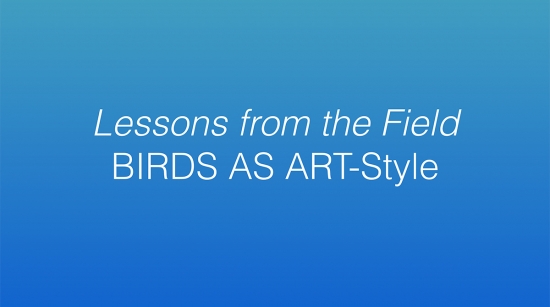
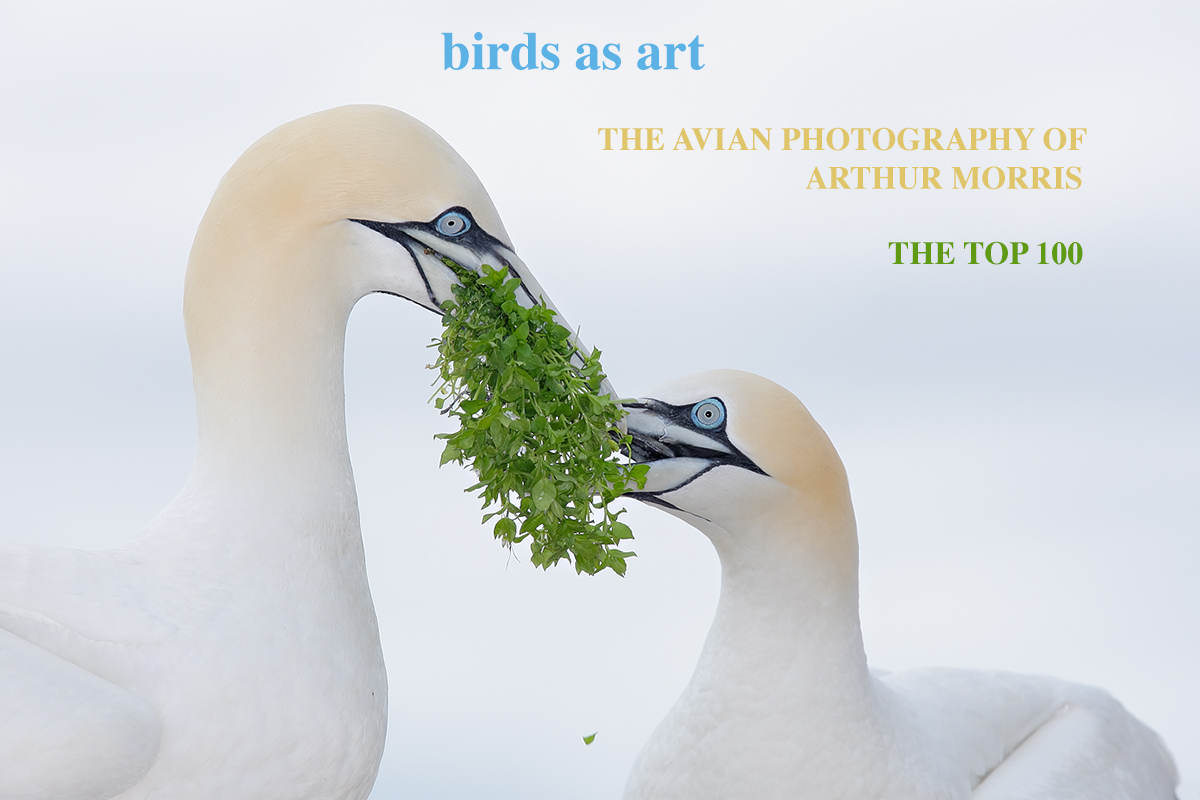

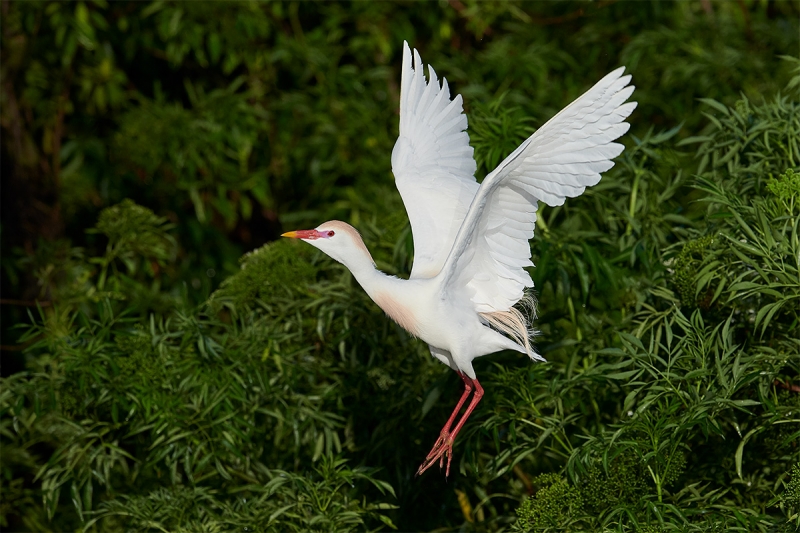
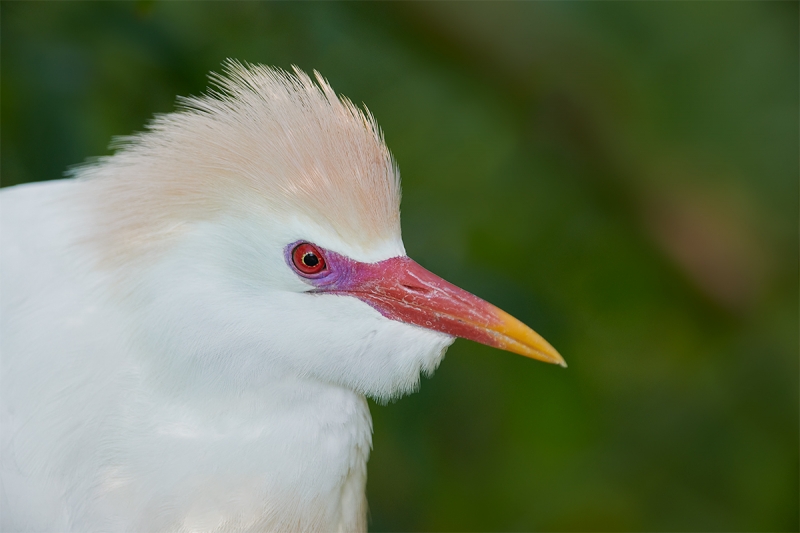
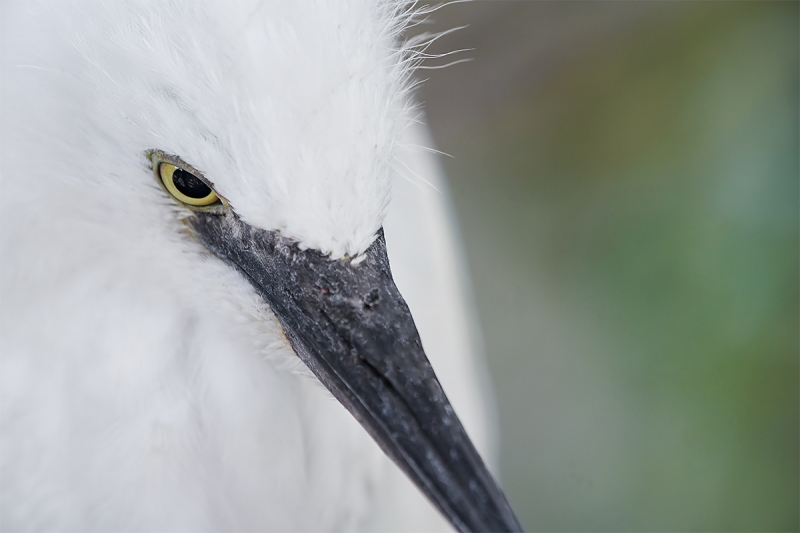
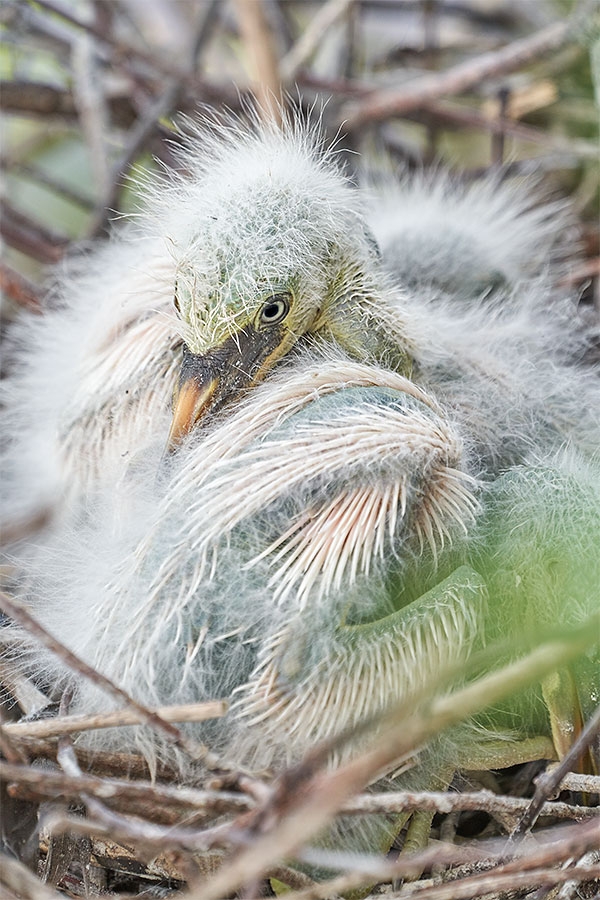
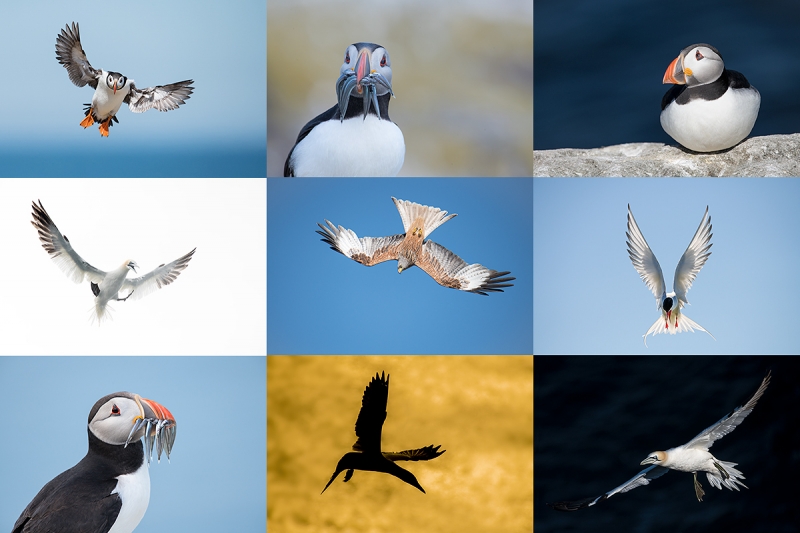
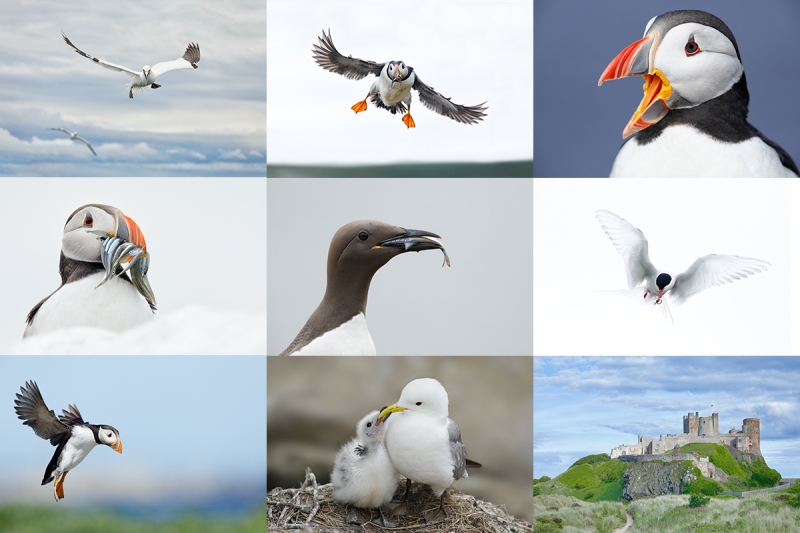













Two systems, or not? That is the question. As a canon shooter, I have the 100-400 + the cadre of great long lenses, though the size and weight are problematic. Now if Canon could produce bodies with the Sony sensors and Nikon AF, I would be all set. Conversely, if Sony could produce their own version of a Nikon 500 pf, or Nikon came up with a killer 100-400, I’d gladly switch. Sure the mirrorless with a compact lens is attractive, though when one adds long glass, many of the benefits are lost. In the meantime, I limp along with suboptimal AF and heavy gear.
Hi Adam, Thanks for leaving a comment 🙂
As far as sensors, I loved the image quality from my 5D Mark IV bodies …
And yes, the SONY long lens line-up is severely lacking.
The Nikon 80-400 is a great lens, super-sharp. But minimum focusing distance of the Canon 1-4 is half of the 80-400 VR …
The big trick is to ake good images with whatever gear you are using 🙂
with love, artie
I like the last image the best for a number of reasons. It is a vertical image and the framing of the bird with the folded wings, head and bill position and the color of its beak pull your eye to the beak. The position of the wings move my eyes into the center of the image and with the image being a vertical that positioning works well. As for using 2 camera systems, I am doing that now.
I needed to get some weight off my back so I opted for an Olympus system for my travel and general photography and stuck with my Nikons for birds. I have tried to Olympus system for bird photography and found it works well with the camera body and lenses being much lighter. I have not tried the new Olympus that is designed for sports and wildlife.
Thanks James. I am glad that Olympus is working well for you. When I tried it I hated it 🙂 And that was mostly for old cars!
with love, artie
I like the second one. But my way of evaluating your images is rather psychological, I see one was made with Nikon, I like it more lol.
By the way have you updated firmware of your D850 that was released last week? They fixed this issue: “The camera sometimes had trouble focusing on subjects in the focus points at the edges of the frame.”
But the 1st one is Nikon too :). I did update the firmware and did not notice much if any difference. Where did you get the info that it is supposed to improve AF performance away from the center?
with love, artie
The quote is from the Nikon download center (https://downloadcenter.nikonimglib.com/en/download/fw/325.html) under the plus sign “Changes from “C” Firmware Version 1.03 to 1.10”.
And yes the first one image is also great 🙂
Thanks. Is that on the Nikon USA site?
with love, artie
I use a 500mm f/4 with a 1.4x tc a lot. I think you should experiment with D9 before experimenting with single point. I’d bet that you won’t have any sharpness issues with static birds while using D9. Also, you can set up your camera to allow you to, for example, use D9 with the back-focus button, and single point with the function button on the front of the camera. I have had mine set up that way for a long time. Works like a charm.
Thanks groob. I will continue to experiment with both. As far as having to push and hold a button to change the AF pattern, that is a huge pain. The way that Nikon has you change AF patterns is a huge embarrassment …
with love, artie
ps: lad that it works for you 🙂
I like the 4th photo.
Thanks John. Me too. What do you like about it?
with love, artie
If you could obtain a great Sony 600mm lens that worked with the Sony adapter, would you still consider two systems? That is, if Sony or some else made a great 600mm lenses for Sony FF.
Bp
I don’t do adapters :). Patrick is loving his SONY 400mm f/2.8 and uses it 80% of the time with the FE 2X in place …
with love, a
ps: which image do you like best?